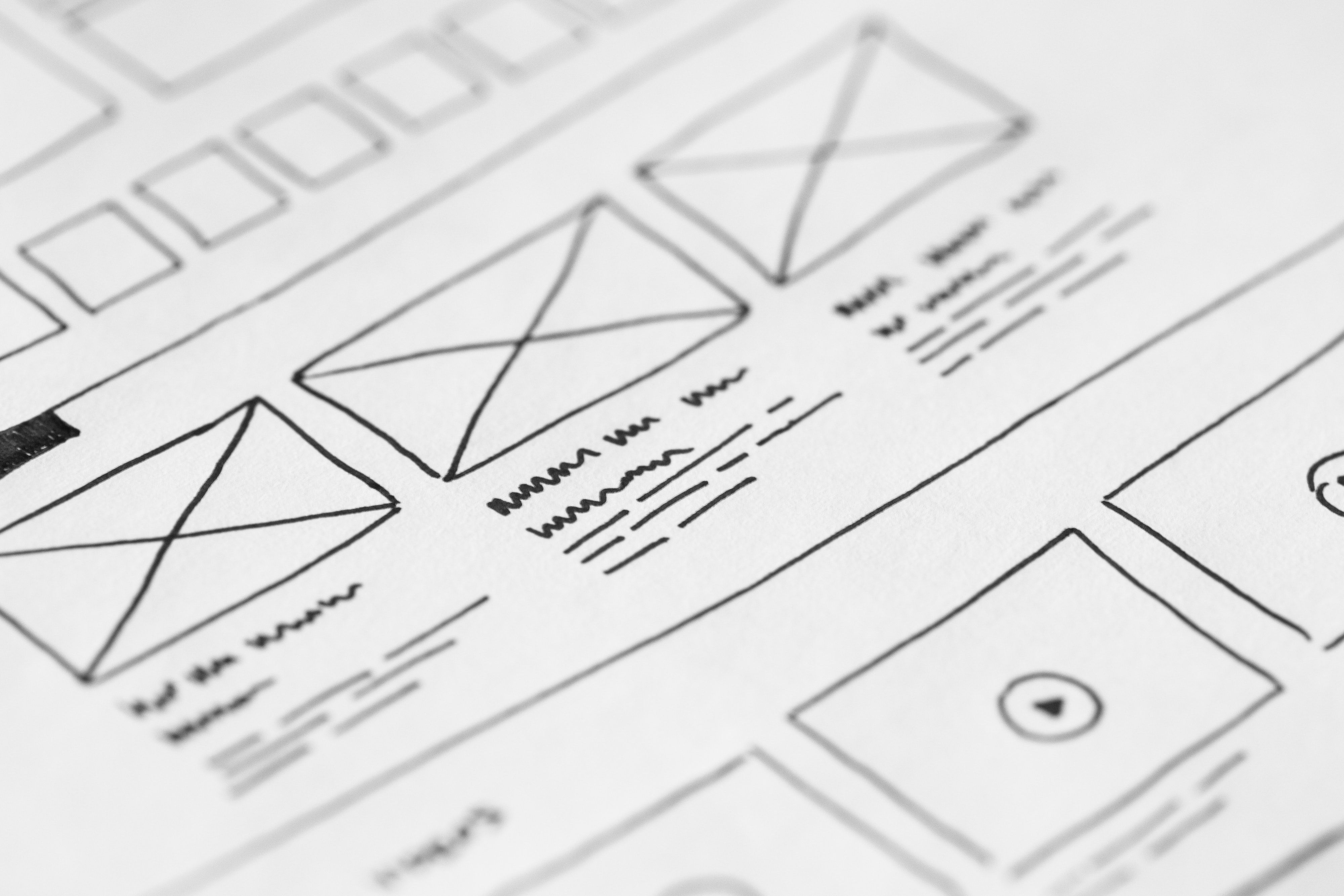UX/UI Research and Design

UX (User Experience) and UI (User Interface) design are both crucial aspects of creating successful and user-friendly digital products, applications, and websites. UX design focuses on enhancing the overall user experience by considering users' needs, goals, behaviors, and emotions when interacting with a product. UI design, on the other hand, deals with the visual and interactive elements of a digital interface, including the layout, visual design, typography, and interactive elements.

Importance of UX/UI Design in Today's Technologies:
User Satisfaction:
UX/UI design is essential for creating products that provide a positive and enjoyable user experience. By understanding users' preferences, expectations, and pain points, designers can create intuitive interfaces, efficient workflows, and visually appealing designs that meet users' needs and ultimately lead to higher user satisfaction.
Usability and Accessibility:
Good UX/UI design ensures that digital products are easy to use and accessible to a wide range of users, including those with disabilities. Considerations such as clear navigation, logical information hierarchy, and proper use of color and contrast contribute to usability and accessibility, allowing more people to access and interact with technology.
Customer Retention and Loyalty:
A well-designed user experience and user interface can significantly impact customer retention and loyalty. Users are more likely to continue using a product or service if they have a positive experience and find it easy to navigate and achieve their goals. Good UX/UI design can create a strong emotional connection, foster trust, and encourage users to become loyal customers.
Competitive Advantage:
In today's competitive landscape, UX/UI design can provide a competitive edge. A well-designed product with a seamless user experience and visually appealing interface can differentiate a business from its competitors. Users are more likely to choose and recommend products that are easy to use, aesthetically pleasing, and enjoyable to interact with.
Conversion and Business Goals:
UX/UI design plays a crucial role in driving conversions and achieving business goals. Well-designed interfaces can guide users through the desired actions, such as making a purchase, signing up for a service, or submitting a form. By optimizing the user experience and removing obstacles, businesses can improve conversion rates and achieve their objectives.
Brand Perception:
UX/UI design has a significant impact on brand perception. A visually consistent and well-crafted design creates a sense of professionalism, trust, and credibility. A positive user experience also contributes to a favorable perception of the brand, as users associate their experience with the overall quality and values of the business.
Continuous Improvement and Iteration:
UX/UI design is an iterative process that involves gathering user feedback, analyzing user behavior, and making continuous improvements. By collecting data and insights on user interactions and preferences, designers can identify areas for enhancement, optimize the user experience, and address user pain points, ensuring that the product evolves and remains relevant over time.
UX/UI design is vital in today's technologies as it directly influences user satisfaction, usability, customer retention, and competitive advantage. By prioritizing user needs, preferences, and emotions, businesses can create exceptional experiences, build strong customer relationships, and achieve their business goals in an increasingly digital world.
